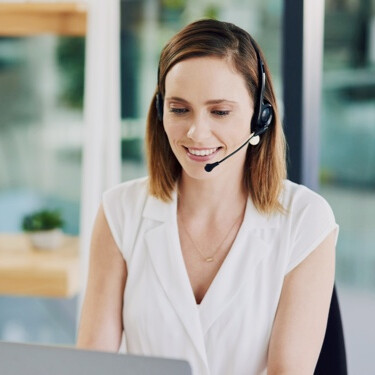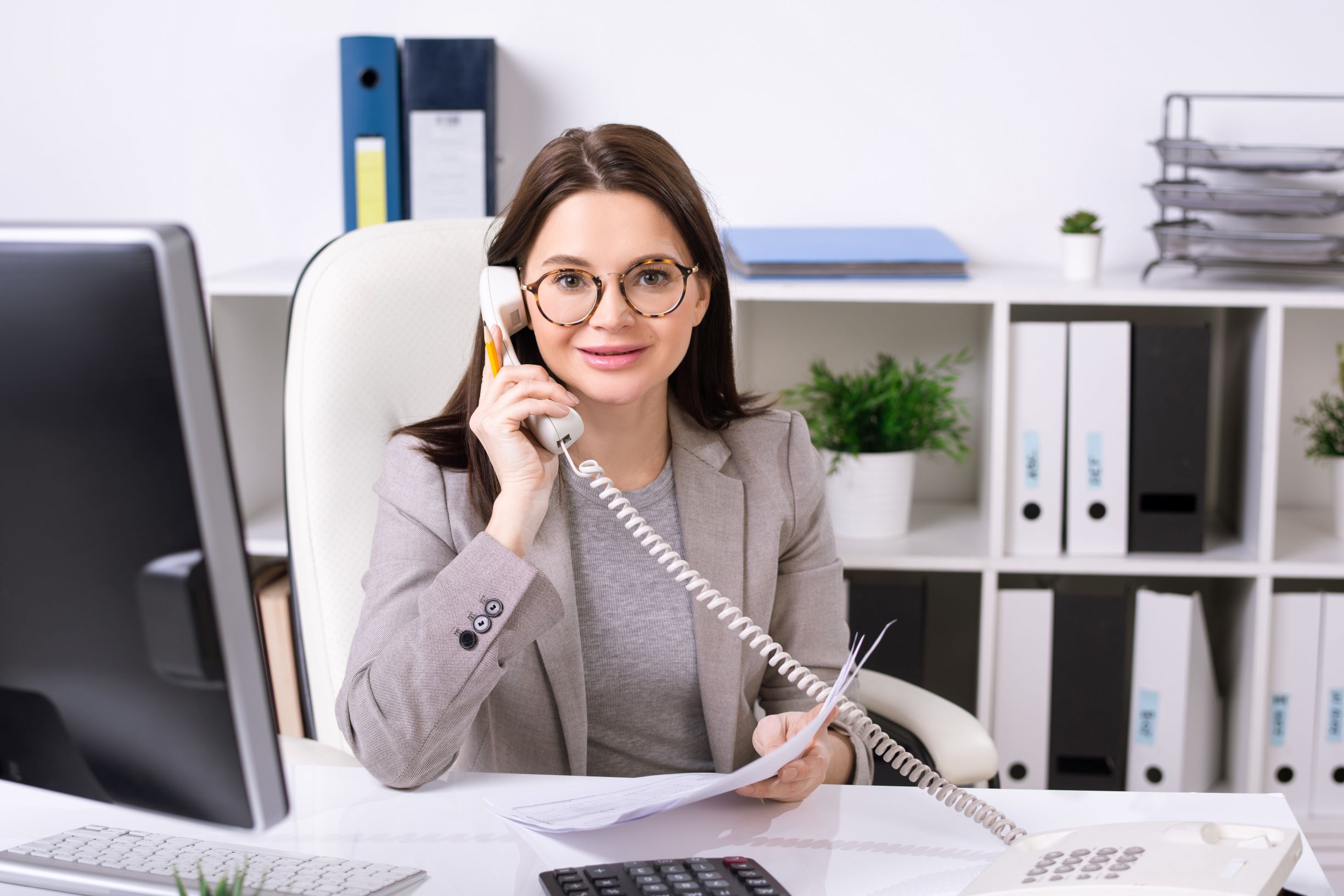All Categories
Featured
Table of Contents
Who Is The Best Answering Service Operator: What Is It? And How To ... Company?
This gadget and its followers were designed by Sava Jacobson, an electrical engineer with a private consulting company. While early voice mail utilized magnetic tape technology, many contemporary equipment utilizes solid state memory storage; some gadgets use a mix of both, with a solid-state circuit for the outbound message and a cassette for the incoming messages.
"toll conserving" below) (business call answering service). This works if the owner is screening calls and does not wish to speak with all callers. In any case after going, the calling celebration should be notified about the call having been responded to (most of the times this begins the charging), either by some remark of the operator, or by some greeting message of the little, or resolved to non-human callers (e.
This holds particularly for the Little bits with digitally saved welcoming messages or for earlier devices (before the increase of microcassettes) with a special endless loop tape, separate from a second cassette, committed to recording. There have actually been answer-only gadgets without any recording capabilities, where the greeting message had to notify callers of a state of present unattainability, or e (virtual call answering service).
What Is The Best 9 Best Answering Service Providers For 2023 [Reviewed] Manufacturer

about availability hours. In taping Little bits the greeting generally contains an invite to leave a message "after the beep". An answering maker that utilizes a microcassette to tape messages On a dual-cassette answerphone, there is an outbound cassette, which after the specified number of rings plays a pre-recorded message to the caller.

Single-cassette answering makers consist of the outbound message at the beginning of the tape and inbound messages on the staying area. They first play the announcement, then fast-forward to the next readily available space for recording, then tape the caller's message. If there are numerous previous messages, fast-forwarding through them can trigger a significant delay.
This beep is typically referred to in the greeting message, requesting that the caller leave a message "after the beep". Littles with digital storage for the tape-recorded messages do not reveal this hold-up, naturally. A little might provide a remote control facility, where the answerphone owner can sound the house number and, by entering a code on the remote telephone's keypad, can listen to taped messages, or delete them, even when far from house.
Whats The Best Phone Answering And Messaging Service

Thereby the maker increases the number of rings after which it addresses the call (generally by two, resulting in four rings), if no unread messages are currently kept, but responses after the set variety of rings (normally two) if there are unread messages. This permits the owner to discover out whether there are messages waiting; if there are none, the owner can hang up the phone on the, e.
Some devices likewise enable themselves to be remotely triggered, if they have been turned off, by calling and letting the phone ring a particular a great deal of times (generally 10-15). Some provider abandon calls currently after a smaller sized number of rings, making remote activation difficult. In the early days of Little bits a special transmitter for DTMF tones (dual-tone multi-frequency signalling) was regionally needed for remote control, since the formerly employed pulse dialling is not apt to communicate proper signalling along an active connection, and the dual-tone multi-frequency signalling was carried out step-by-step.
Any inbound call is not recognizable with regard to these homes in advance of going "off hook" by the terminal devices. So after going off hook the calls must be switched to suitable gadgets and just the voice-type is right away available to a human, but maybe, however ought to be routed to a LITTLE BIT (e.
What Is The Best Professional Call Answering Services: Everything You ... In The World Right Now
What if I told you that you do not need to actually get your gadget when addressing a consumer call? Somebody else will. So hassle-free, right? Answering call does not need someone to be on the other end of the line. Effective automated phone systems can do the technique simply as efficiently as a live representative and often even much better.
An automatic answering service or interactive voice action system is a phone system that interacts with callers without a live individual on the line - reception services. When companies use this technology, customers can get the answer to a concern about your business simply by utilizing interactions established on a pre-programmed call flow.
Although live operators update the customer care experience, lots of calls do not need human interaction. An easy taped message or instructions on how a consumer can obtain a piece of details typically solves a caller's instant need - local phone answering service. Automated answering services are a simple and efficient method to direct incoming calls to the ideal individual.
What Is The Best Answering Machine?
Notification that when you call a business, either for assistance or item questions, the very first thing you will hear is a pre-recorded voice greeting and a series of options like press 1 for customer support, press 2 for inquiries, and so on. The pre-recorded alternatives branch off to other options depending upon the client's selection.
The phone tree system assists direct callers to the best individual or department using the keypad on a mobile phone. In some circumstances, callers can utilize their voices. It's worth noting that auto-attendant choices aren't limited to the 10 numbers on a phone's keypad. When the caller has actually selected their first option, you can design a multi-level auto-attendant that utilizes sub-menus to direct the caller to the ideal type of help.
The caller does not need to communicate with a person if the auto-attendant phone system can handle their issue. The automatic service can route callers to a staff member if they reach a "dead end" and require assistance from a live representative. It is expensive to work with an operator or executive assistant.
Whats The Best Phone Answering Services - Ruby Receptionist Services To Buy
Automated answering services, on the other hand, are significantly cheaper and provide considerable cost savings at approximately $200-$420/month. Even if you don't have devoted staff to manage call routing and management, an automated answering service improves productivity by permitting your group to concentrate on their strengths so they can more efficiently invest their time on the phone.
A sales lead routed to client service is a lost shot. If a client who has product questions reaches the wrong department or gets insufficient responses from well-meaning workers who are less trained to manage a particular kind of concern, it can be a reason for frustration and frustration. An automatic answering system can minimize the number of misrouted calls, consequently helping your workers make better usage of their phone time while releasing up time in their calendar for other jobs.
With Automated Answering Systems, you can develop a customized experience for both your staff and your callers. Make a recording of your main greeting, and simply upgrade it regularly to reflect what is going on in your organization. You can create as numerous departments or menu options as you desire.
Latest Posts
Outstanding Call Management Service Near Me
Online Reception Service
9 Virtual Office Benefits List & Faqs